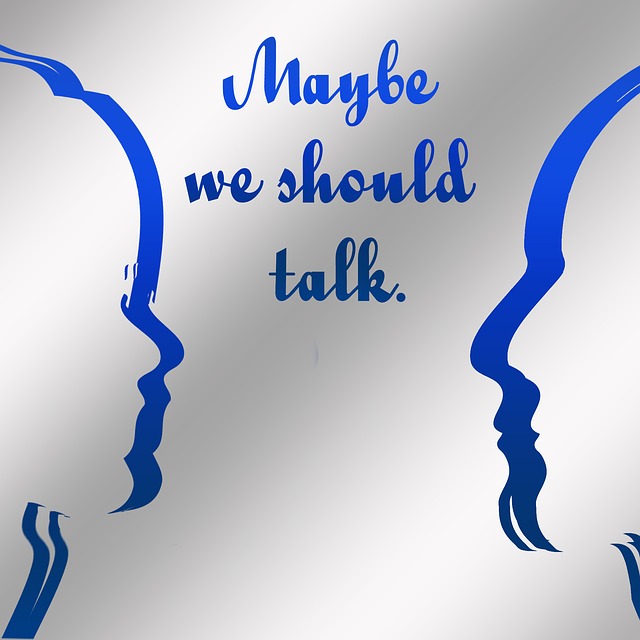David Treleaven, through his doctoral dissertation and subsequent book, has raised awareness globally about the need for trauma-sensitive mindfulness. His book, Trauma-Sensitive Mindfulness: Practices for Safe and Transformative Healing, identifies three myths about mindfulness and trauma, discusses research-based case studies and offers clear options for the way forward. His work is so critical to the teaching of mindfulness that Brown University has sought to integrate his work and findings into their Mindfulness Based Stress Reduction (MBSR) Course and the Search Inside Yourself Leadership Institute is exploring integration of David’s approach into their Mindful Leadership program.
Trauma and mindfulness
Trauma is described as “the experience of severe psychological distress following any terrible or life-threatening event”. Many organisations and trainers/consultants/psychologists offer services, strategies and programs for trauma sufferers. Beyond Blue, for example, offers coping strategies and ways that friends and relatives can help someone close to them who is suffering from a traumatic event.
Mindfulness has become acknowledged as an effective way to deal with trauma. For example, Boyd, Lanius and McKinnon (2018) concluded from a review of the relevant literature that mindfulness-based therapeutic approaches are effective in reducing the symptoms of post-traumatic stress disorder (PTSD). They suggested that reduction in shame and self-blame could be key explanations of the efficacy of mindfulness-based approaches to PTSD.
David, however, warns that there are potential difficulties in using a mindfulness approach if practitioners are not sensitive to the interplay between mindfulness practices, beliefs about the universal efficacy of mindfulness and related messaging. He points out that most people will experience at least one traumatic event in their life. So, in any one room of meditation participants, there is likely to be one or more people who are experiencing trauma in their lives.
David dedicates his life to making people aware of the need for trauma-sensitive mindfulness through his book, videos, podcasts and workshops. He articulates his concerns about a lack of sensitivity to this issue amongst meditation teachers by identifying three “myths” about mindfulness and trauma that can potentially create harm for trauma sufferers.
Three myths about mindfulness and trauma
David’s research with trauma sufferers and practitioners in the field working with people who have experienced trauma, has led him to identify three “myths” (widely held false beliefs) that impede effective and safe use of mindfulness approaches. The myths are powerful determinants of the behaviour of mindfulness teachers:
- Universality – David describes this myth as “one size fits all”. However, David’s experience is that for some people who have experienced trauma, meditation can activate trauma stimuli so that the person re-experiences trauma. As Peter Devine comments, “The nervous system can’t tell the difference between that [reliving the trauma] and the original trauma”.
- Certainty – this myth relates to the assumption by meditation teachers that they will know when a person has experienced (or is currently experiencing) trauma. David cites a case of a very experienced meditation teacher who failed to pick up the cues that some of his trainees were trauma sufferers. He maintains that there are some very subtle non-verbal cues that can signal the existence of trauma, but it requires sensitised awareness to detect them. He suggests that two major impediments that get in the road of someone openly disclosing their experience of trauma are (1) feelings of shame and (2) compliance (felt need to conform to an authority figure).
- Neutrality – the myth that breath is always neutral, with no emotive content. David recounts the experience of one person who was traumatised by a violent parent when a child. Focusing on his breath “reconnected with the need to hide”, caused him to re-live his trauma and led to increased anxiety. So, instead of being a calming anchor, mindful breathing acted as a trauma stimulus.
Trauma-Sensitive Mindfulness: some strategies
David provides considerable detail, explanation and case illustrations of these myths in his book on Trauma-Sensitive Mindfulness and in a video presentation on The Truth About Mindfulness and Trauma, which was a promotional webinar for his course for practitioners on recognising trauma, responding to trauma and preventing the re-living of trauma during mindfulness practice.
In the video mentioned above, David suggests a range of strategies that address the limitations and potential damaging effects of the three myths:
- Develop awareness about possible difficulties for people during mindfulness practices
- Increase knowledge of, and sensitivity to, the signs of trauma
- Provide space for people to experience different aspects of mindfulness practice and be ready to make modifications after asking, “What would work for you?”
- Acknowledge at the outset that some people may have a very different experience to the calming effects of mindfulness meditation
- Offer the opportunity for participants to approach you privately to have a conversation about their experience
- Don’t reinforce the “shoulds” of mindfulness experience, e.g. avoid saying, “you should experience calm and peace”
- Avoid “close and sustained attention to breath” as this may be a stimulus for re-experiencing trauma
- Offer a range of options for people to practice mindfulness so that they can choose their own anchor for paying attention, e.g. breath, sounds, the sensation of the feet on the floor, feeling of the body on the chair or fingers touching each other. According to David, Paula Ramirez, a Director of Breathe International, maintains that this choice of options gives participants a sense of agency (the opposite of a loss of control).
As we grow in mindfulness through our own meditation, research and reflection, we can become more sensitive to the needs of people who have suffered (or are suffering) trauma; be better able to respond to their needs; and also learn to adopt strategies that avoid re-traumatising participants in mindfulness training groups.
____________________________________________
Image by Anemone123 from Pixabay
By Ron Passfield – Copyright (Creative Commons license, Attribution–Non Commercial–No Derivatives)
Disclosure: If you purchase a product through this site, I may earn a commission which will help to pay for the site, the associated Meetup group and the resources to support the blog.



